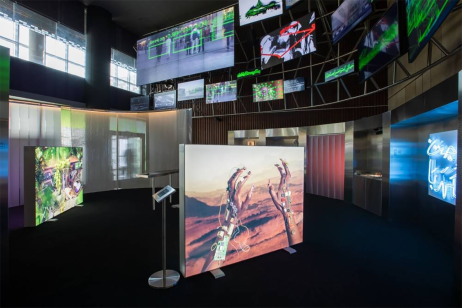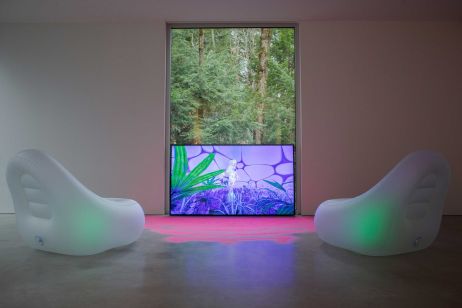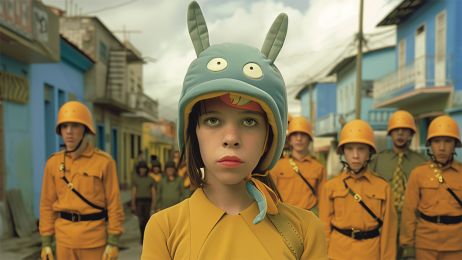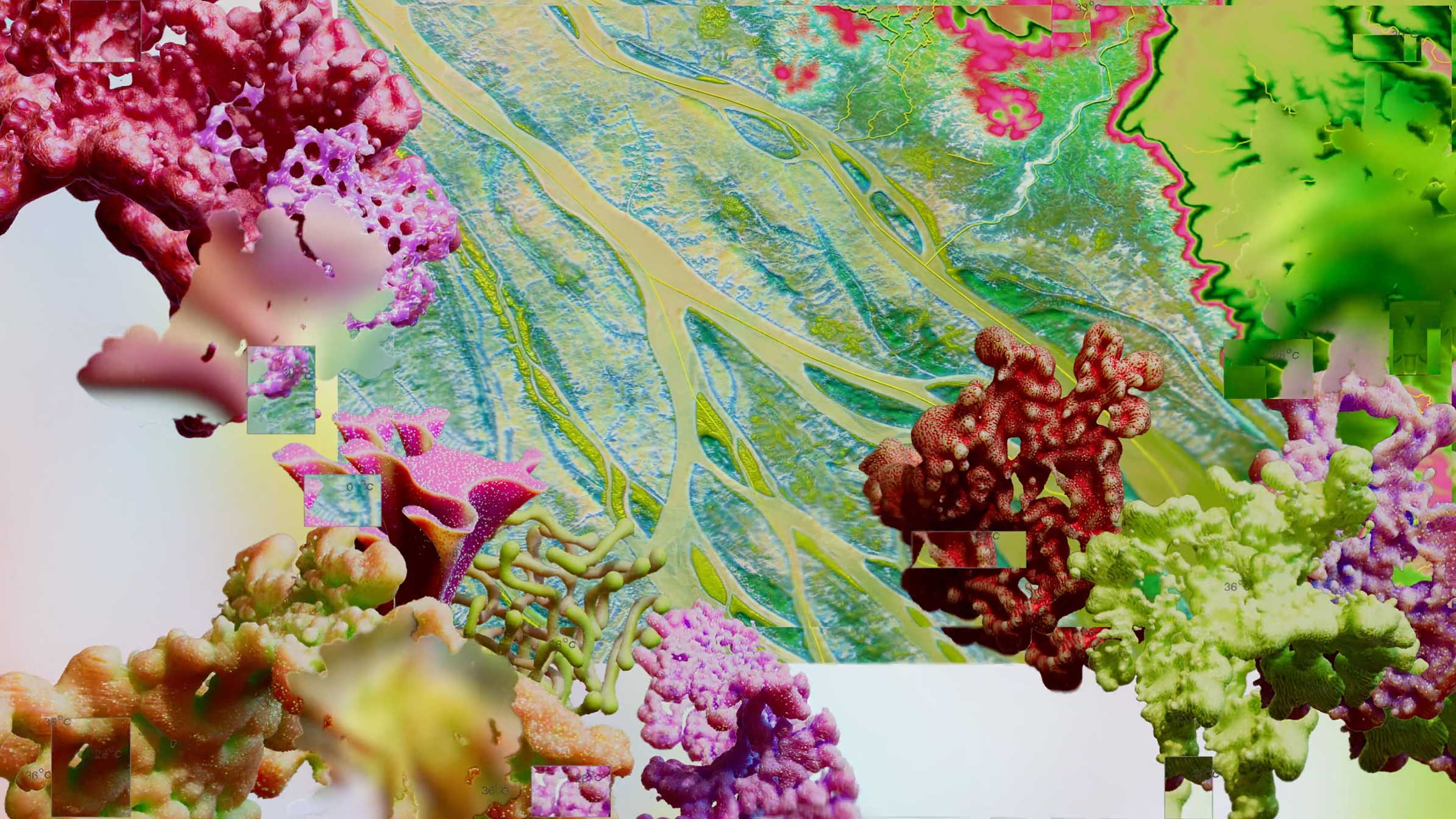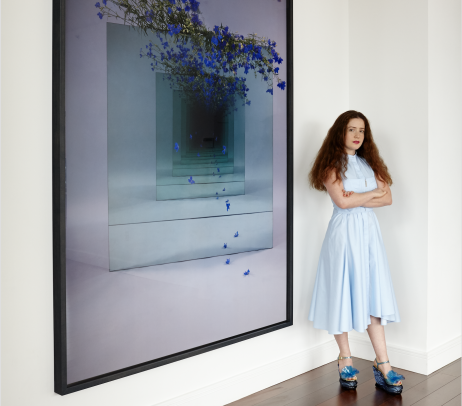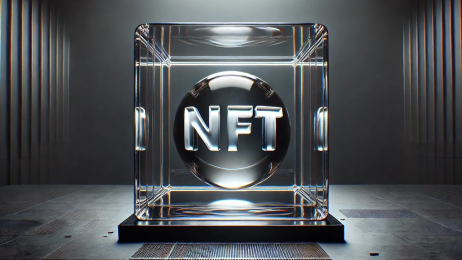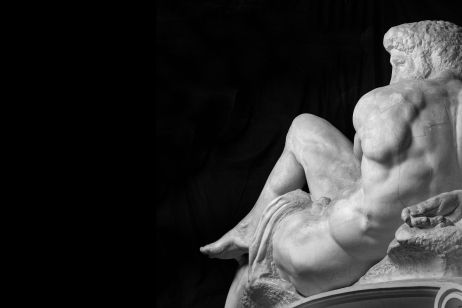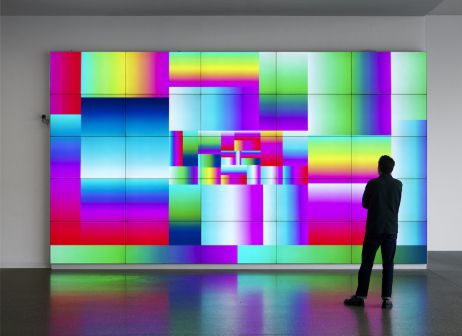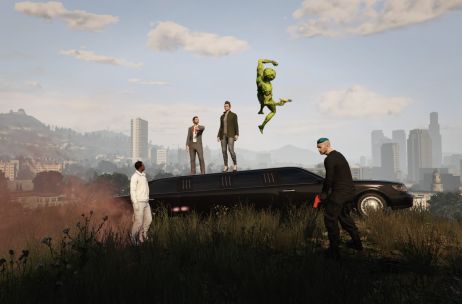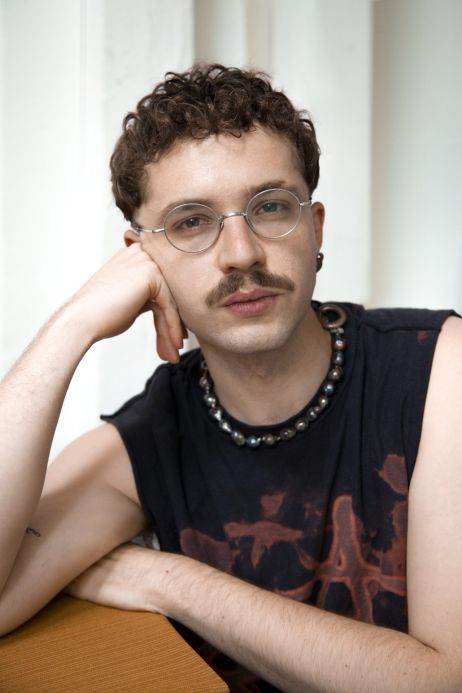Through its program called “Visualising AI”, which has been running for the last four years, Google DeepMind asks digital artists to imagine the physical appearance of artificial intelligence.
Have you ever wondered what your chatbot or voice assistant looks like outside its virtual form? Is the AI a gentle anthropomorphic robot like in the movies? Is it a strange organic form that pulses every time it gives a response, or more like a divine luminous consciousness? As part of Google DeepMind’s “Visualising AI” project, seven artists and collectives were invited to imagine the physical appearance of artificial intelligence through a specific lens. And the least we can say is that we’re far from any overall consensus.
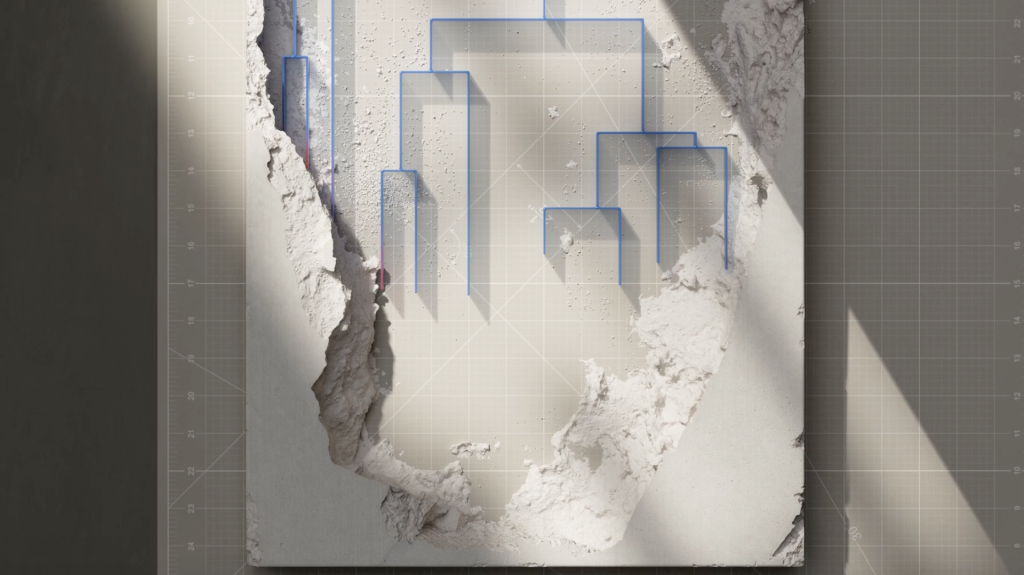
Rooting for the “node”
Dada Projects, a London studio run entirely by women, was asked to create a visual interpretation of sustainability and weather forecasting within artificial intelligence. The result is a particularly organic vision for the tool, “something that coexists with nature rather than dominating it.” Natural elements also strongly inspired British scientist Jesper Lindborg, who was tasked with materializing root node problems: fundamental challenges which, once solved, have a cascading effect and unlock solutions to numerous interconnected problems. Root nodes are key elements in algorithms and can be seen at the beginning of what are traditionally called “decision trees”.
Jesper Lindborg quite literally imagined a tree that would talk about branching systems, interconnectivity and growth only to be met by concrete walls. “The concrete serves as a ‘problem,’ and crossing it symbolizes the opening up of new possibilities. Or, in the context of a node tree problem, new nodes, says the artist.
Emotional AI
Motion designer Winston Duke was tasked with making the thorny subject of generative AI more palatable. This was a major challenge for the creator, who relied on traditional cellular animation to demonstrate the technology’s complexities. He tied it all together with an analog grain to inject a sense of imperfect humanity and move away from the coldness of the machine. The result? An almost touching short film about the workings of a tool that nevertheless continues to frighten much of the population. Well done!
Curious to see the other work? Visit the royalty-free image repositories Unsplash and Pexels, where they are now available for free download.
